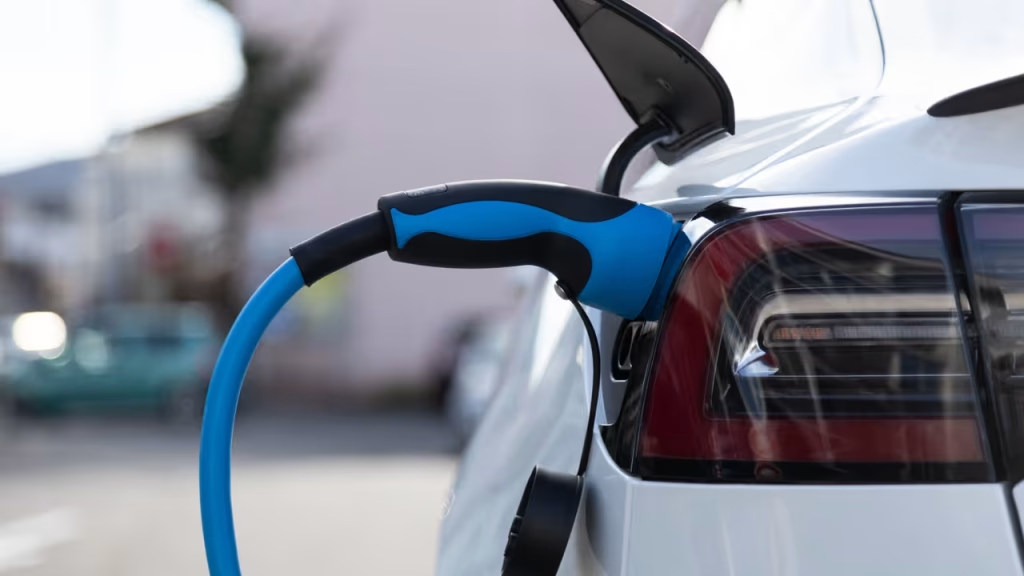the real experience of ev charging
So, you’ve finally made the switch to an electric vehicle (EV). That’s fantastic! But let’s face it: the thrill of going green can quickly turn sour when it comes to charging your ride. You might have thought that owning an EV would be a breeze, but the reality can be a bit more complicated. How do you keep your battery charged without it turning into a full-time job? Buckle up as we navigate the winding road of EV charging.
charging levels 101
First, let’s break down the different types of chargers you’ll encounter. Knowledge is power, right? Here’s a cheat sheet:
- Level 1: This is the slowest option, using a regular 120V outlet. It’s perfect for overnight charging, but don’t expect to get anywhere fast. Think of it as a leisurely stroll.
- Level 2: Now we’re getting somewhere! These chargers operate on a 240V supply and can give your EV a solid boost in just a few hours. It’s like taking a nice coffee break while you shop.
- DC fast charging: The rockstars of the charging world! You can charge your battery up to 80% in about 30 minutes. Perfect for those “I need to get back on the road” moments.
the hunt for charging stations
Now, let’s talk about finding charging stations. If you have a home charger, congratulations—you’re ahead of the game. But for many, public charging stations can feel like a scavenger hunt. Ever pulled into a station only to find it occupied or worse, out of order? It’s like arriving at a party that’s already over. Why is it so hard to find a reliable spot?
the infrastructure mess
Let’s not sugarcoat it: the charging infrastructure is a chaotic mess. With the rise in EV ownership, the demand for charging stations has skyrocketed, yet the supply is lagging behind. You might find yourself circling the block looking for a charger that isn’t already taken. Cities need to wake up and get their act together. If we can’t sort this out, we might as well still be filling up at gas stations.
what’s next for charging?
Looking ahead, it’s a mixed bag of excitement and uncertainty. Innovations like wireless charging are on the horizon. Imagine pulling into your driveway, and your car starts charging without you lifting a finger! Sounds like something out of a sci-fi movie, right? But let’s not get too ahead of ourselves; we still have a mountain of issues to resolve before that becomes a norm.
the beauty of home charging
If you can set up a Level 2 charger at home, consider yourself lucky. Waking up to a fully charged car is a pure delight. It’s like having your own gas station right in your garage! But for those who live in apartments or condos, the struggle is real. Many multi-family buildings lack charging options. Why hasn’t this changed in 2023?
the cost of charging
Let’s talk dollars and cents. Charging at home can be a steal compared to gas prices, but public charging? That’s a different story. Depending on where you are, you might be slapped with hefty fees, especially at fast chargers. It makes you wonder: is owning an EV really saving you money in the long run, or are you just playing a financial shell game?
the social aspect of charging
Charging isn’t just a solitary activity; it’s an opportunity to connect with fellow EV enthusiasts. Many owners share tips about the best charging stations or even organize local meet-ups. There’s something exhilarating about chatting with another EV driver while waiting for your car to power up. Have you ever felt that sense of community while charging? It’s like being part of a new tribe that understands the ups and downs of this electric journey.
the environmental conundrum
Let’s not overlook the environmental implications. EVs produce zero tailpipe emissions, which is fantastic for our planet. But let’s pause for a second: where does the electricity come from? If it’s generated from non-renewable sources, are we genuinely making a positive impact? This is a complicated issue that deserves our attention. Are we truly solving the environmental crisis, or merely shifting it around?
The conversation around EV charging is only going to heat up as we continue to navigate this electric age. It’s not just about transportation; it’s about rethinking our relationship with energy and infrastructure. As we dive into the complexities of charging, one lingering question remains: are we ready to fully embrace this electric future, with all its challenges and rewards?


